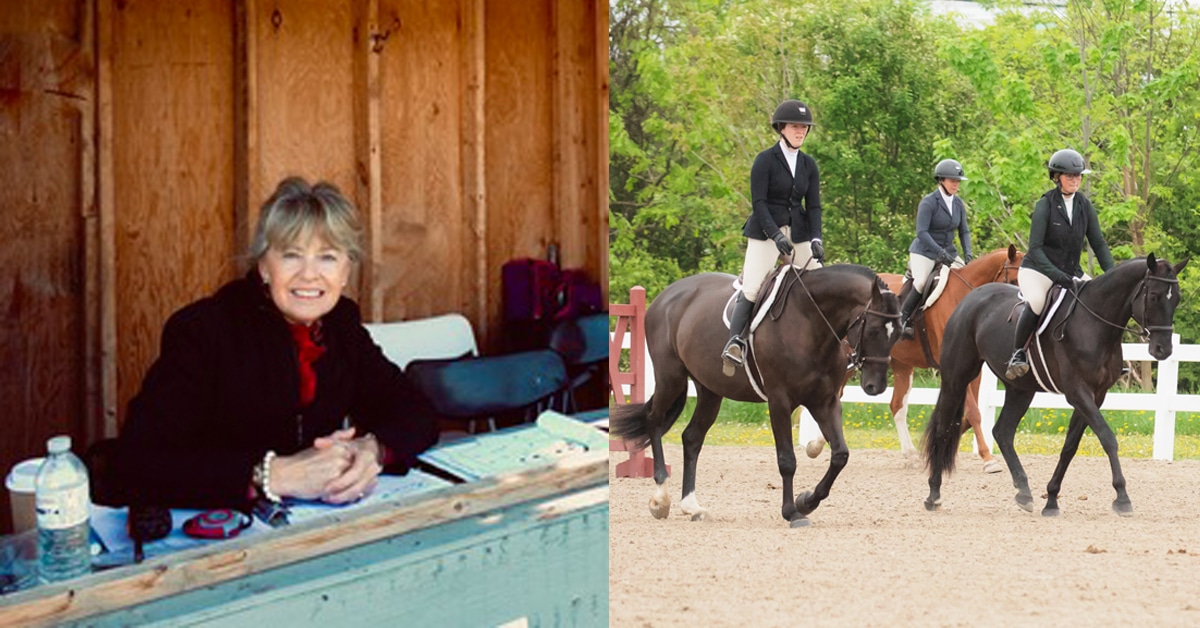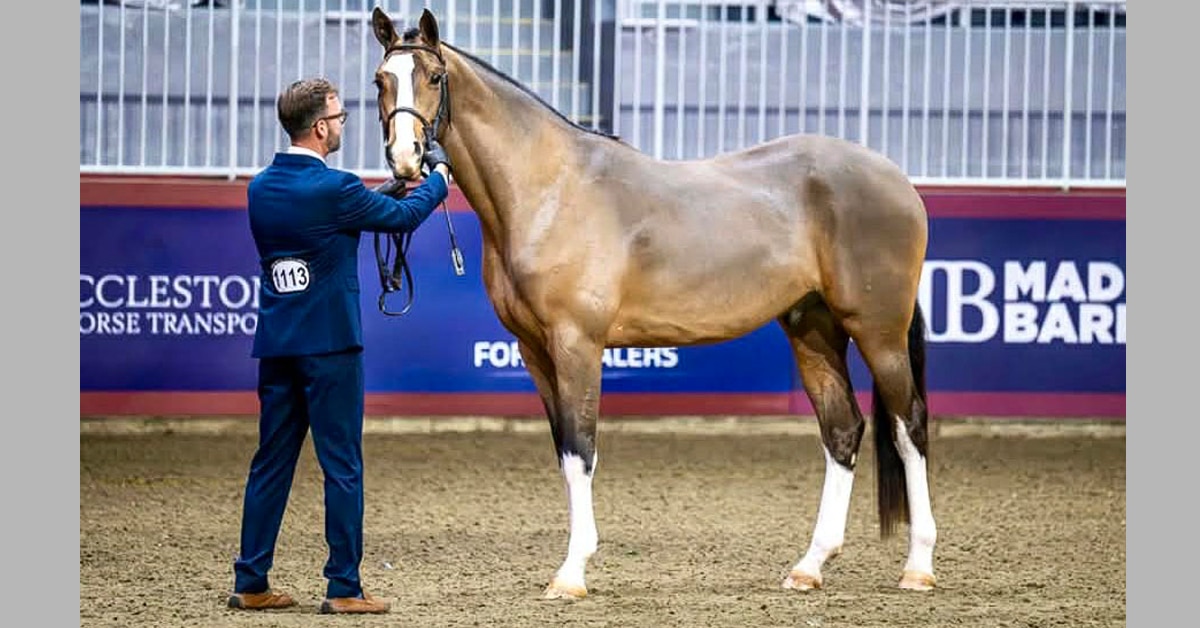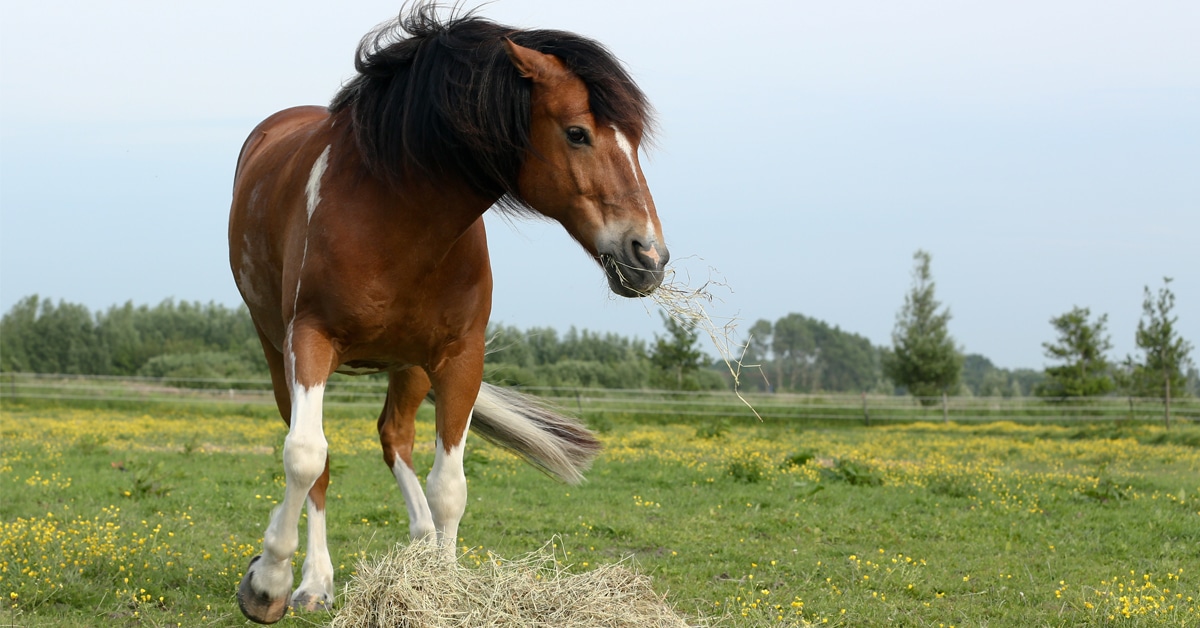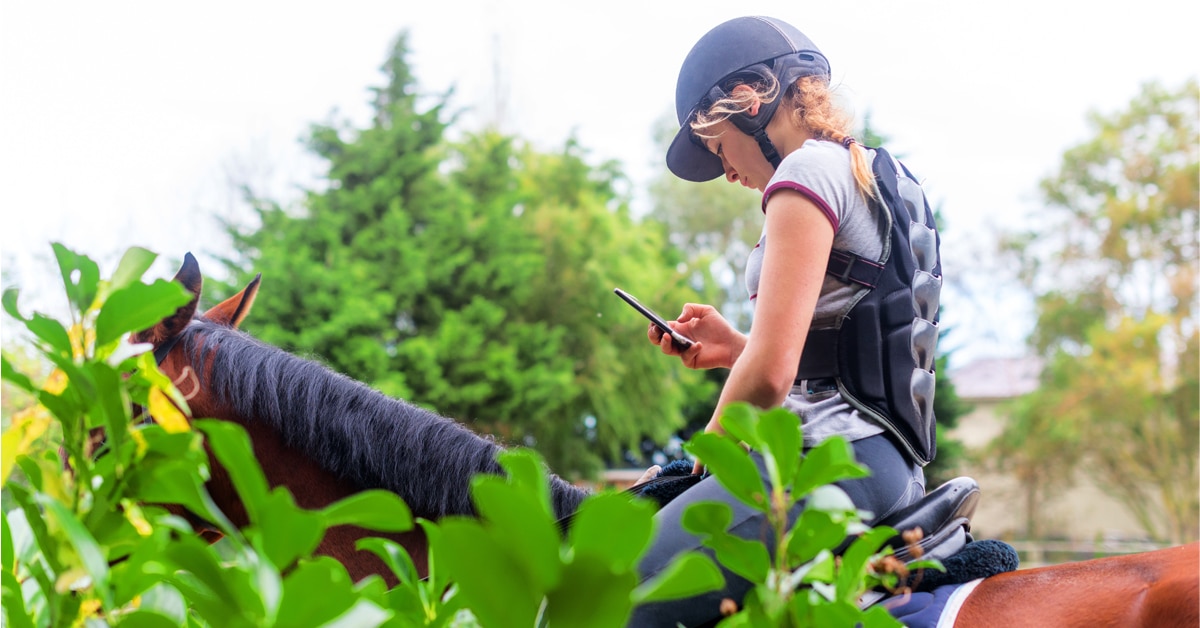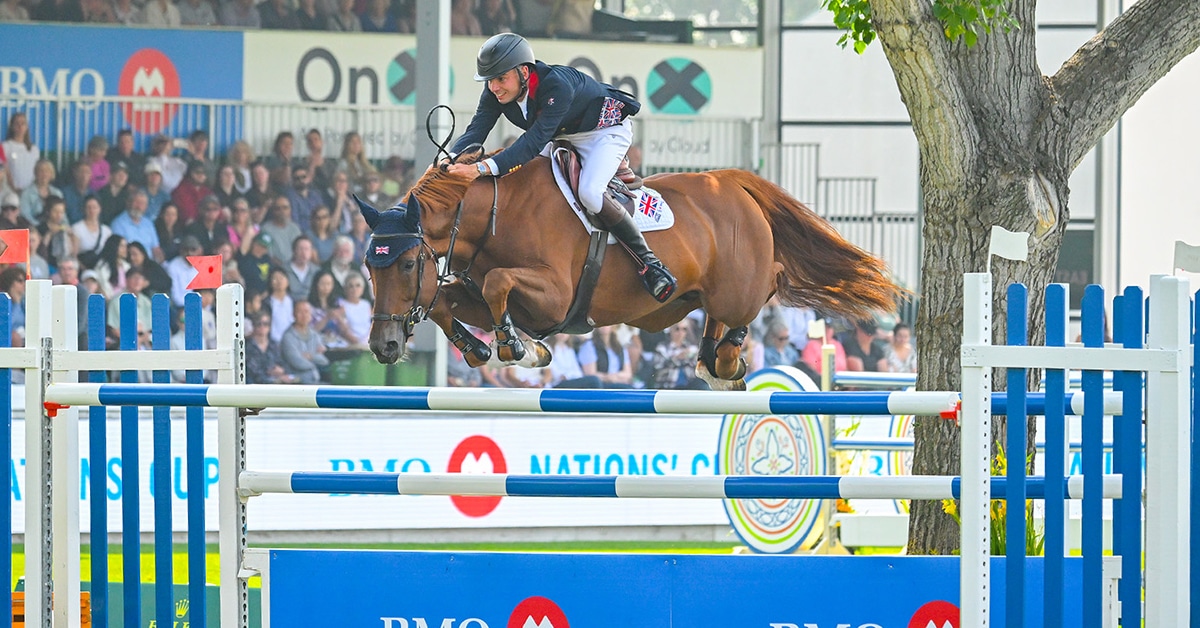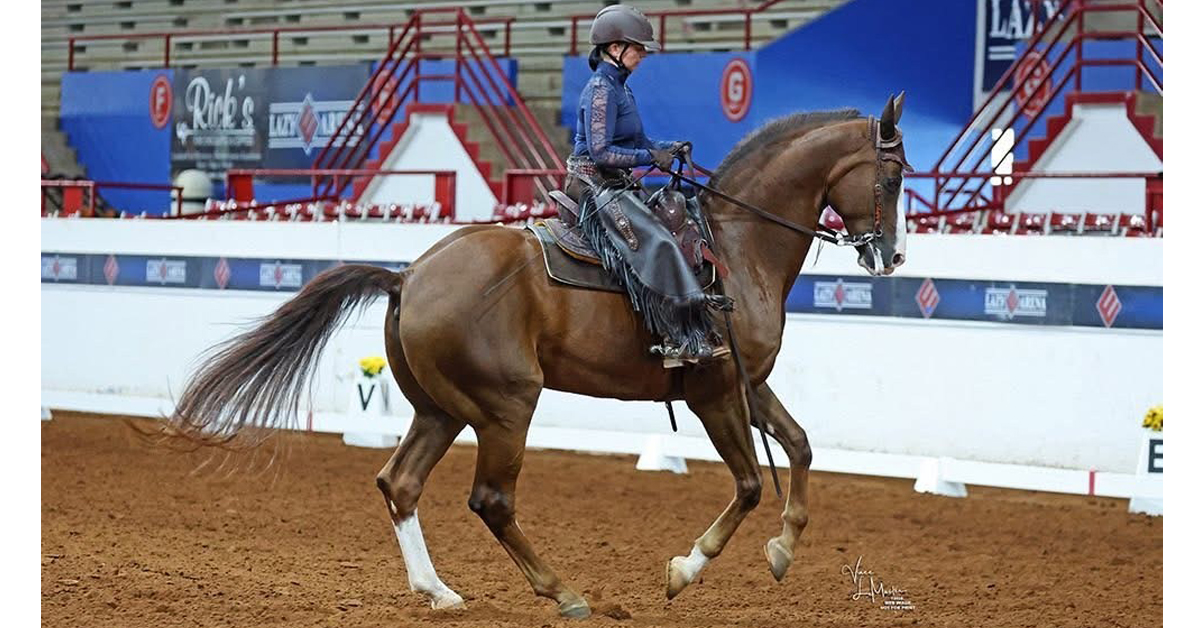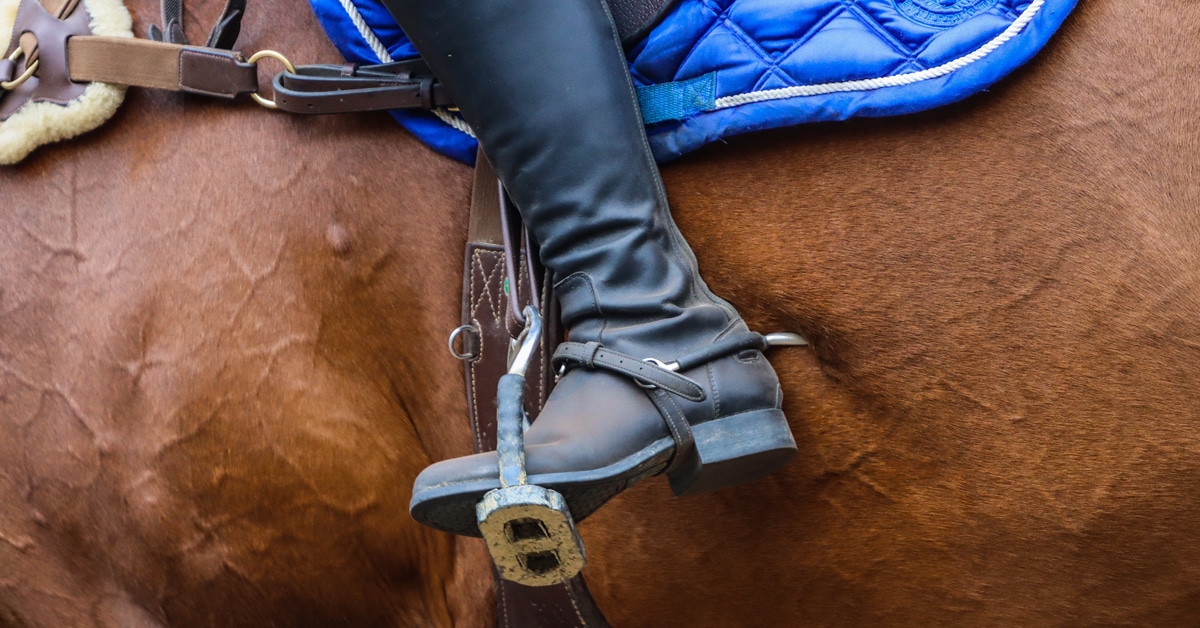People have been “desensitizing” horses (attempting to make them non-reactive) for hundreds of years, but many once-common methods are considered outdated these days, knowing what we do about how horses learn. Learning can only occur when the horse is under threshold, which is the point at which the horse changes from noticing a fear-inducing stimulus to showing signs of stress or fear. Here are a number of techniques – some of which are effective, and some which need to be shelved permanently.
Counter-Conditioning
This technique attempts to alter a horse’s response to a frightening stimulus until it associates the object/situation with something pleasant (usually treats!). For example, if he is terrified of the clippers, start at a very non-threatening level by feeding his favourite treats as you hold the clippers (not running) in your other hand. Graduate to feeding treats while running the clippers over the horse’s body (still turned off), then turning them on from a distance while feeding treats (obviously a helper will be needed for this step). Through a number of sessions, gradually getting closer to the relaxed horse with the clippers, you should be able to touch him and eventually clip him without a reaction.
Systematic Desensitization
This refers to gradually introducing a frightening stimulus, repeated over time. For instance, an open umbrella could be placed on the ground at a distance; walk your horse towards it but stop while he is below threshold. Let him become bored, then walk forward a few steps again and repeat. This technique can be combined with counter-conditioning (using treats, wither scratches) and/or negative reinforcement (walking away from the object as reward).
Habituation
This is a form of learning in which an animal decreases or ceases its responses to a stimulus (eg. shying at a rock) after repeated or prolonged presentations. Essentially, the horse learns to stop responding to a stimulus which is no longer biologically relevant. For example, horses may habituate to repeated sudden loud noises when they learn these have no consequences. Habituation usually refers to a reduction in innate behaviours, rather than behaviours acquired during conditioning (in which case the process is termed “extinction”).
Approach Conditioning
This method plays on a horse’s natural curiosity. You could have a friend holding an open umbrella move away from the horse, then ask the horse to follow, as long as he remains confident. Gradually decrease the distance between the horse and the offending object until he is willingly approaching it to investigate. Positive reinforcement is handy here; praise or click/reward when the horse is calm, and especially if he willingly follows the object.
Positive Overshadowing
If a horse is faced with a frightening stimulus, the handler can create a more pleasant distraction which gently draws his attention away from the offending object or situation. This could be something you have previously taught such as targeting exercises, or in-hand work such as backing up, or even hand-grazing. The goal is to keep the horse below threshold (showing no fear or anxiety) while engaged in an activity he finds positive while in the presence of the scary thing. This overshadowing can be gradually reduced over time if the overshadowing behaviour is always done well under threshold.
Stimulus Blending
Here the frightening stimulus is applied or introduced in conjunction with a pleasant stimulus (but in a sneaky way) so that the horse tends not to notice the scary thing. For example, your horse loves being groomed but is afraid of fly spray; during an energetic grooming, have someone quietly spritz from a distance, gradually moving closer if there is no reaction. Over several sessions you should be able to apply the spray during the grooming process without fearful behaviour from the horse. There is some risk to this method in that you may well have the opposite effect and the pleasant process becomes “poisoned” by the unpleasant stimulus. In other words, when grooming begins to predict scary fly spray, the horse begins to fear grooming.
Flooding
Once popular among horse trainers, flooding exposes the horse to a stimulus that causes him fear while being restrained or confined from escaping (unlike habituation). The horse is exposed to the fear-inducing object until it no longer responds; for instance, flapping plastic bags may be tied to the saddle and the horse is let loose in a round pen or arena, usually to bolt in terror until he is exhausted and eventually stops running. This lack of hysteria and non-responsiveness does not mean the horse is no longer afraid of plastic bags; it has just given in to a state of learned helplessness.
Suppression/Negative Overshadowing
This correction-based technique is basically using punishment (yelling, whipping, kicking) to either move a horse toward a scary object such as a river, or prevent it from moving away from one such as the flapping bag. Simply put, you are trying to suppress his fear while the overshadowing stimulus – the handler – now becomes the object to be feared. Trainers who feel the need to become the horse’s “leader” are often guilty of using behaviour-suppressing methods.
The Latest
